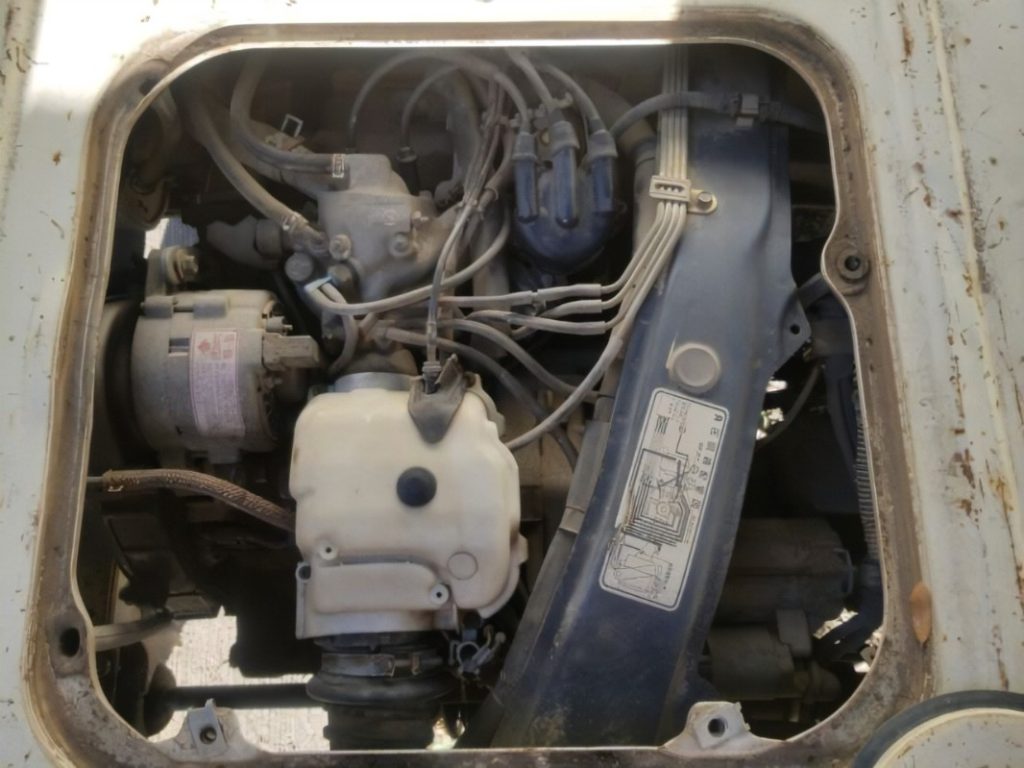When looking at the various mini truck brands, you note the engines vary over the generations. The locations change. Knowing a bit about Kei Truck Engines will help you with the overall maintenance and repair of your vehicle over the years. Should you wish to find out more about Kei Truck Engines, read on.

The early standard
Kei Trucks are limited as to the power and the size of the overall truck. Therefore, the engines of the first generation Kei trucks are far lower than that of the current generations. Standard for the first generation were 356cc 2-stroke engines. There were a few models, such as the Mitsubishi Minicab, which had a 359cc and the Subaru Sambar, which has a 365cc engine. However, these are still rather small, providing about 21hp.
It is important to understand that the former models of the Kei truck were intended for in city driving, primarily for short runs. As the models were produced in the early 60s to 70s, the speeds and the technology which we have today were not present.
Current Engines
Current engines for most models are 658cc. This produces a substantially greater hp than that of prior generations. Models such as the Daihatsu Hijet have a 659cc and a 998cc engine currently available. Honda Acty has a 545cc engine. The Mitsubishi Minicab has a full electric model known as the Mitsubishi Minicab MiEV. New engines allow for various transmission set ups. While the early generations were primarily 3 speed manuals, the new models allow for 4 or 5-speed manual with the automatic transmission reaching 4 speeds.
The overall power produced by the modern engines allows for speeds up to 60 mph. This should be considered the high end of the spectrum. In most instances, the speeds remain in the mid-40s to 50s. Considering that these vehicles are primarily for off-road and agricultural uses, this speed is sufficient.
Engine location
There are three locations where the engine can be located. First and the most popular location is the middle of the vehicle underneath the driver or the passenger’s seat. This is the location for most of the older models, such as the Subaru Sambar and the Suzuki Carry. You find that as the generations for the models have progressed, the engine location has changed. Specifically, in the 70s, Kei trucks sought to mimic the style of full-sized vehicles such as the Volkswagen. Therefore, the engines moved to the rear of the vehicle. Modern generations have put the engine back under the passenger seat or at the front of the vehicle, keeping the bed of the truck a separate entity from the cab.
Purchasing a Kei Truck
Even though the engines in the Kei trucks are less powerful than that of a full-sized truck or SUV, they still have the performance and the functionality of a truck. What makes this better is that the trucks are offered at a fraction of the cost as that of a new full-sized. When buying a used mini Japanese van or truck, even if you have to replace the engine, you can do so for cheap. But don’t worry, the engines of the Kei trucks last for a long time, about 150,000 miles or more.
